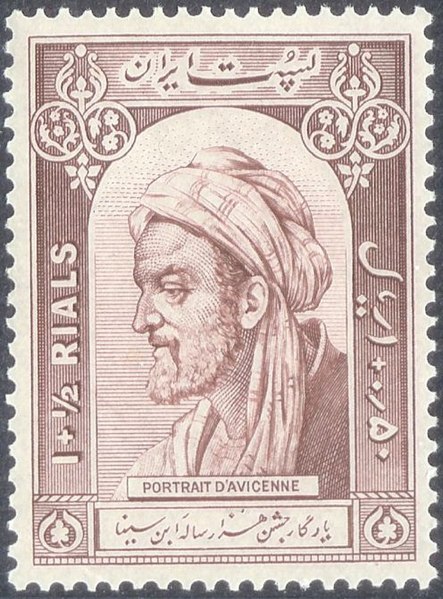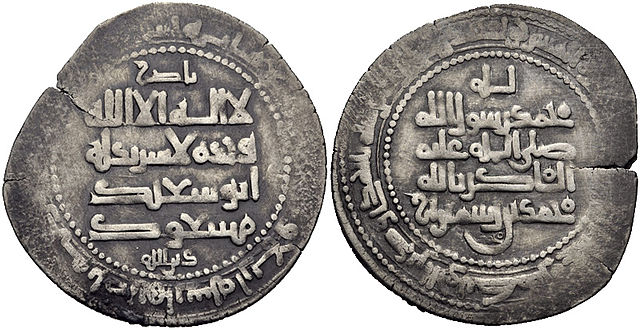Cosmology in medieval Islam
Islamic cosmology is the cosmology of Islamic societies. It is mainly derived from the Qur'an, Hadith, Sunnah, and current Islamic as well as other pre-Islamic sources. The Qur'an itself mentions seven heavens.
The Tusi-couple is a mathematical device invented by Nasir al-Din al-Tusi in which a small circle rotates inside a larger circle twice the diameter of the smaller circle. Rotations of the circles cause a point on the circumference of the smaller circle to oscillate back and forth in linear motion along a diameter of the larger circle.
A work of Al-Birjandi's, Sharh al-Tadhkirah, a manuscript copy, beginning of 17th Century
The Timbuktu Manuscripts showing both mathematics and astronomy.
Averroes rejected the eccentric deferents introduced by Ptolemy. He rejected the Ptolemaic model and instead argued for a strictly concentric model of the universe.
Ibn Sina, commonly known in the West as Avicenna, was a preeminent philosopher and physician of the Muslim world, flourishing during the Islamic Golden Age, serving in the courts of various Iranian rulers. He is often described as the father of early modern medicine. His philosophy was of the Muslim Peripatetic school derived from Aristotelianism.
Portrait of Avicenna on an Iranian postage stamp
Coin of Majd al-Dawla (r. 997–1029), the amir (ruler) of the Buyid branch of Ray
Coin of Ala al-Dawla Muhammad (r. 1008–1041), the Kakuyid ruler of Isfahan
The Mausoleum of Avicenna, Hamadan, Iran








